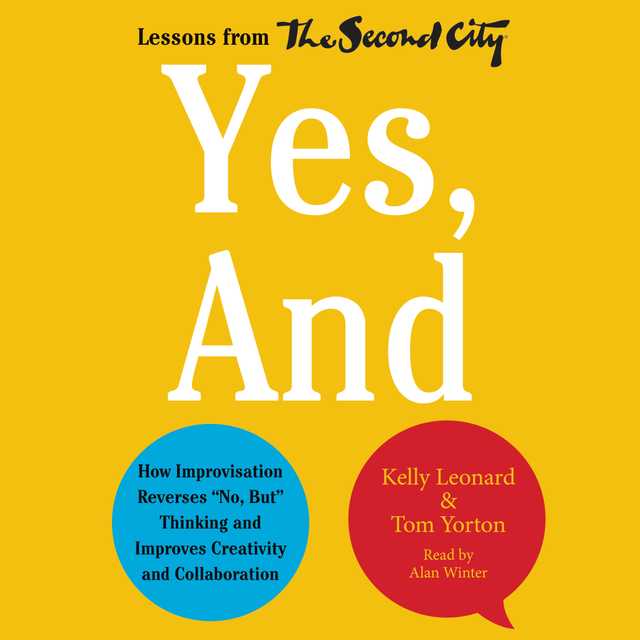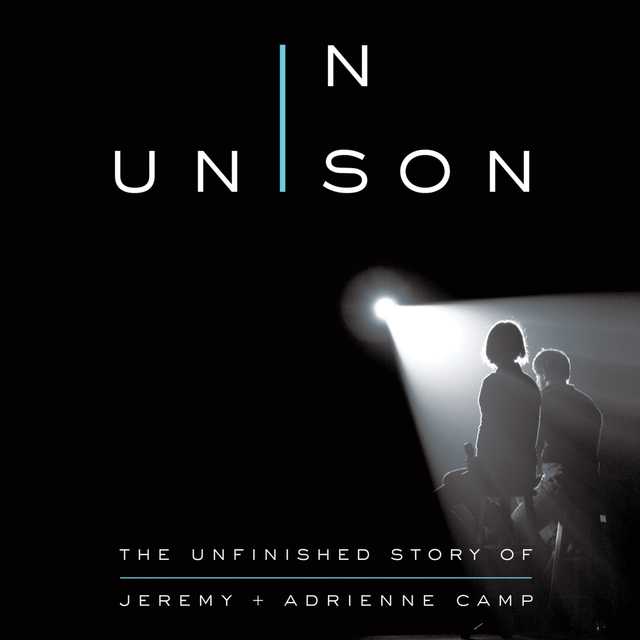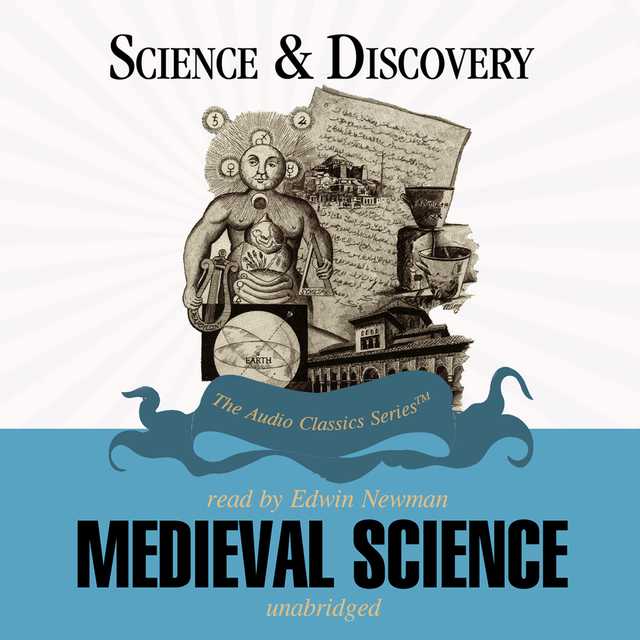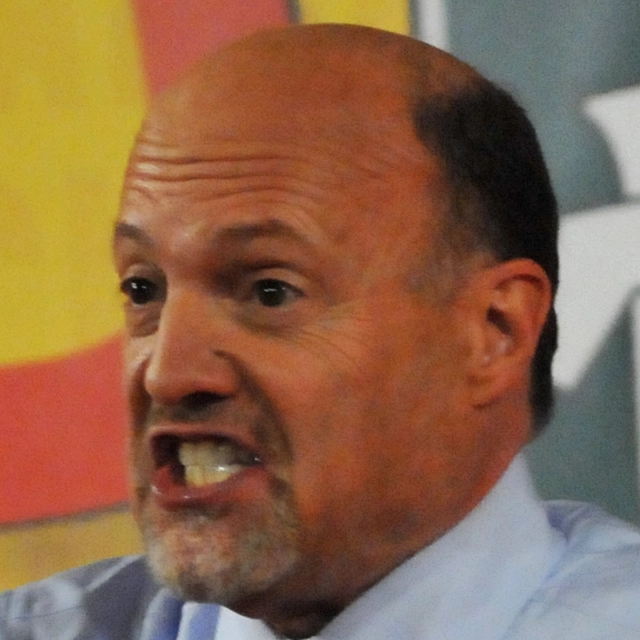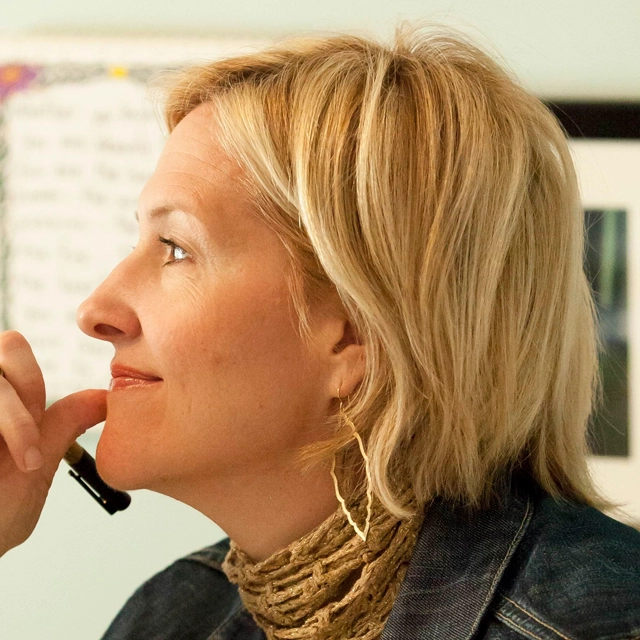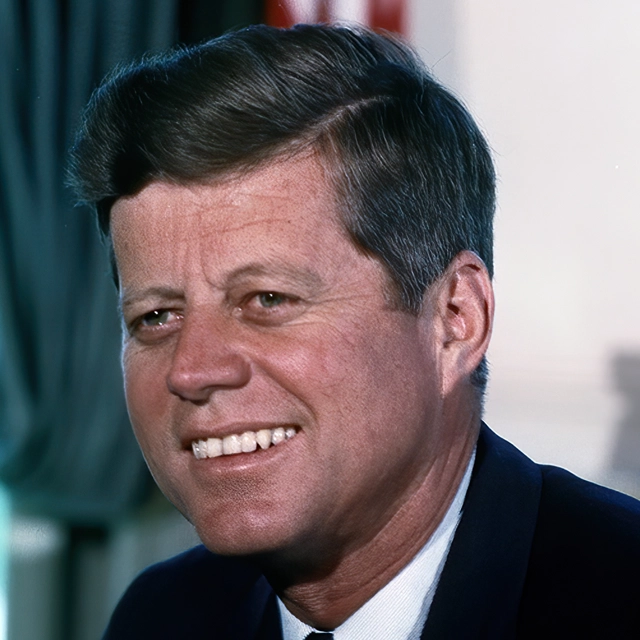Yes, And Audiobook Summary
Executives from The Second City–the world’s premier comedy theater and school of improvisation–reveal improvisational techniques that can help any organization develop innovators, encourage adaptable leaders, and build transformational businesses.
For more than fifty years, The Second City comedy theater in Chicago has been a training ground for some of the best comic minds in the industry–including John Belushi, Bill Murray, Gilda Radner, Mike Myers, Steve Carell, Stephen Colbert, and Tina Fey. But it also provides one-of-a-kind leadership training to cutting-edge companies, nonprofits, and public sector organizations–all aimed at increasing creativity, collaboration, and teamwork.
The rules for leadership and teamwork have changed, and the skills that got professionals ahead a generation ago don’t work anymore. Now The Second City provides a new toolkit individuals and organizations can use to thrive in a world increasingly shaped by speed, social communication, and decentralization. Based on eight principles of improvisation, Yes, And helps to develop these skills and foster them in high-potential leaders and their teams, including:
- Mastering the ability to co-create in an ensemble
- Fostering a “yes, and” approach to work
- Embracing failure to accelerate high performance
- Leading by listening and by learning to follow
- Innovating by making something out of nothing
Yes, And is a must-read for professionals and organizations, helping to develop the invaluable leadership skills needed to succeed today.
Other Top Audiobooks
Yes, And Audiobook Narrator
Alan Winter is the narrator of Yes, And audiobook that was written by Kelly Leonard
Kelly Leonard is the executive vice president of The Second City and the president of Second City Theatricals. He has worked at The Second City since 1988 and has overseen productions with such notable performers as Stephen Colbert, Tina Fey, and Amy Poehler. Mr. Leonard cofounded Second City Theatricals, the division of the company that develops an eclectic array of live entertainment all over the world. He has fostered creative and business collaborations with Lyric Opera Chicago, Norwegian Cruise Line, Hubbard Street Dance and the Chicago Tribune, to name a few.
About the Author(s) of Yes, And
Kelly Leonard is the author of Yes, And
More From the Same
- Publisher : HarperAudio
- Abraham
- American Gods [TV Tie-In]
- Dead Ringer
- House of Sand and Fog
- Prey
Yes, And Full Details
| Narrator | Alan Winter |
| Length | 7 hours 18 minutes |
| Author | Kelly Leonard |
| Category | |
| Publisher | HarperAudio |
| Release date | March 24, 2015 |
| ISBN | 9780062416537 |
Subjects
The publisher of the Yes, And is HarperAudio. includes the following subjects: The BISAC Subject Code is Business & Economics, Management
Additional info
The publisher of the Yes, And is HarperAudio. The imprint is HarperAudio. It is supplied by HarperAudio. The ISBN-13 is 9780062416537.
Global Availability
This book is only available in the United States.
Goodreads Reviews
Penny
July 11, 2018
This was a very different take on leadership, from the perspective of improvisation. I'd attended a session at PLA one year that had us do "Yes, And" exercises - it's quite a challenging mindset to put yourself into when you're used to saying NO most of the time. Reading this book helped me put it in perspective, and I think now I'm better equipped to embrace the philosophy. Not sure I'd survive the "don't say NO for an entire day" concept - I might explode the way one of the examples did in the book.There was a lot of name-dropping, but I wrote it off to the authors' need to prove their credentials.
Kirk
March 25, 2015
There are a lot of books out there about improv, but very few good ones on how to apply the principles in your work and career. This one fills that gap with an easy conversational style. I have worked with both Kelly and Tom at the Second City and they really know their stuff. If you want to help improve your work relationships, have more fun in your job, and be more creative and innovative to help advance you business and career, start here. Highly recommended.
MaryAnn
March 22, 2016
It's good. Mine will be better ;-) ;-) ;-)
Peter Parsons
December 16, 2020
Doubles as a history of Second City with a dash of improv exercises. Definitely a lot of neat nuggets to use when approaching your team or if you're trying to get some new energy into the office. Read it if you're looking to have an entertaining read instead of one of those run of the mill business books.
Isaac
November 06, 2020
Original, light, and intriguing. I especially like the list of improv exercises at the end of the book.
Billy
January 08, 2017
Good read for leaders and team members. I felt convicted multiple times throughout this read. This one touches on several essential skills for leaders. From active listening, agility, releasing control, to preparation and environment. Leaders of all tenure and experience level should pick this one up. You will find good reminders on what you may have already learned and new perspective on your role.
Amber
August 29, 2016
Many of the points raised in this book are common sense, but sometimes it's valuable to have common sense advice pulled together in a succinct, funny book like this!
Katrina
October 15, 2015
Many parts read a bit too prescriptive for corporate businesses, and read like a manual, but overall great insights into the imrov values and psychology. Here are some good quotes: p.9 – The founders of The Second City – Paul Sils, Bernie Sahlins, and Howard Alk, all University of Chicago graduates – approached their work on two important fronts. They created a new form for the comic arts: ensemble based and rooted in the improvisational games that Sill’s mother, Viola Spolin, taught as a social worker for a WPA-sponsored program on Chicago’s South Side, designed to help immigrant children assimilate into their new culture. At the same time, in terms of content, these artists used comedy as a way to challenge the status quo. The combined both to react directly to the Eisenhower era – which they saw as conformist, intellectually bereft, and morally bankrupt – often shocking audiences in the process. The comedy they were creating was rooted in truth, rather than broad parody or exaggeration; the behavior they portrayed onstage was real and recognizable. p.12 – Professional success often rests on the same pillars that form the foundation of great comedy improv: Creativity, Communication, and Collaboration. p.13-18 – Seven elements of improv: 1. Yes, And – Creative breakthroughs occur in environments where ideas are not just fully explored, but heightened and stretched to levels that might seem absurd at first. That is where the nest comedy comes from, and that’s where invention is realized. It’s a mantra to apply at every level of your work. Work cultures that embrace Yes, And are more inventive, quicker to solve problems, and more likely to have engaged employees than organizations where ideas are judged, criticized, and rejected too quickly. With Yes, And, you don’t have to act on every idea, but you do have to give every idea a chance to be acted on. 2. Ensemble – Unfortunately, shockingly little attention is paid to building, maintaining, and developing ensembles. The consequences of that oversight are all around us, from the conference room full of smart people more interested in showing off their brain power than actually solving a problem, to the leader who takes credit for success and dodges accountability for failure, to the individual who whitewashes all his or her problems. 3. Co-Creation 4. Authenticity 5. Failure – It’s that moment on stage when a mistake happens – the whole audience knows it, and most of the actors onstage know it. But by acknowledging the mistake and incorporating it into the narrative, something new and unexpected happens that makes the audience go wild. Too often we are told that failure is not an option. But the opposite is true. It’s vital to give failure a role in our process. The biggest threat to creativity is fear, especially the fear of failure. By deflating the negative power of failure, you erode fear and allow creativity to flourish. 6. Follow the Follower – The ability to shift status within the group dynamic is an art – and it doesn’t come easily. 7. Listening – Many of us believe that we are good listeners, but there is a huge difference between listening to understand and listening while waiting for the chance to respond. One enriches and broadens our perspective; the other feeds our need to be right and in control of the conversation. p.18 – At The Second City, we do not teach you how to be funny. You don’t learn jokes or one-liners. Rather, your learn to tap into the part of your brain that so often censors the truth for fear of being judged. When people no longer feel limited to saying what is right or polite – when they are given freedom to express themselves in public, without inhibition or fear – that’s when the funny happens. p.19 – To put it simply, comedy provides us a safe place to speak and hear the truth. p.22 – What improvisation does, in its most simple form, is to take the focus off ourselves and allow us to dial down our personal judgment. When we’re concentrating hard and fully present in the moment, there’s no room for self-consciousness or shaky nerves. All our energy goes into the task at hand. p.23 – As Dr. Mark Pfeffer, a psychotherapist and director of the Panic/Anxiety Recovery Center in Chicago explains, “Every time you learn to be unafraid, your brain changes. [Improv is] the quickest way to get to the neural pathway change, because it puts [people] in a situation where they’re facing their fears.” Professional success requires the ability to create something out of nothing, which is in many ways at the heart of what it means to improvise. p.26 – To build a Yes, And culture, you have to model Yes, And behavior. You have to be supportive and committed to building on people’s individual contributions. p.51 – Team: a number of people forming one of the sides in a game or contest. Ensemble: All the parts of a thing taken together, so that each part is considered only in relation to the whole. The word team implies competition, which inherently suggests some external foe that the group is working against. Ensemble carries no such baggage; it is a thing unto itself, an entity that is only its true self when its members are performing as one. p.52 – Teams have starters and bench players; there is an absolute hierarchy in play that any parent of the twelfth man on a high school basketball team can tell you conveys a clear message that some of the team members matter and some simply do not. Ensembles, on the other hand, may have a first chair, second chair, and third chair, but all those chairs are on the stage and they play in almost every moment. p.86 – While individuals can come up with great ideas, ensembles that are willing to co-create are ultimately better and more consistent at finding the idea. p.88 – Fear does not inspire elegant creative thinking; it inspires knee-jerk, path-of-least-resistance ideas. No organization or business will ever gain creative advantage when governed by fear. p.89 – The best improvisers find a way to put their fear aside. They improvise freely and loosely; they make smart and defined choices; they take care of their scene partners and they let their unique sense of humor shine through in all the choices they make onstage. p.95 – Another symptom of fear is to freeze and void doing anything resembling taking a position. Instead, fearful people waffle: “I don’t know.” “It could be, but I’m not sure.” “If you say so.” “Maybe.” Waffling is a predominant activity of the fearful improviser that it’s become a penalty in a variety of improvisational games. Waffling is merely a delaying tactic, something you do when you are too afraid to leap into the unknown. Unfortunately, waffling is an all-too-common refuge for people put in the position to make decision, but who lack the confidence to act. In business, not making a decision is almost worse than making the wrong decision. The secret to building confidence is practice. p.114 – Comedy is tragedy plus time. Repeated exposure to something negative results in distancing, which explains the gallows humor of soldiers in combat and doctors in emergency rooms (or colleagues in the midst of a workplace debacle). p.124 – Respect demands that you consider the other. Reverence turns respect into a thing so perfect that it can’t be touched. Respect allows for dialogue between individuals who may think and feel differently, thus creating a path for potential understanding and change. Reverence makes idolatry of individuals and institutions. It speaks to us rather than with us. Reverence is the enemy of change.p.125 – At the heart of the best satire is the ability to maintain a respectful disposition while being earnestly irreverent. That’s how it makes people think, which opens up the possibility for change. People don’t hear you when they don’t feel respected. We tear down, but we also build back up to create something better, more magical and more insightful than what existed before. p.131 – if you’re hoping to change and innovate, you need to be able and willing to tear at the existing power base – to risk offending those who are inextricably married to the way things are currently done – and have the confidence and moxie to build up something completely new in its place (and eventually have the fortitude to cope when the next innovator comes along and does the same thing to you). Being authentic while toeing the line between respect and irreverence isn’t easy, and it’s probably why most people just assume that change agents and innovators are born with a special gene that facilitates their success. But the reality is, you can train people to become better innovators and agents of change. p.138 – The inevitability of change in business and in life simply means that we will be continually subject to all sorts of challenges and dilemmas. But comedy makes change more manageable, opening the door for all kinds of conversations. Once that door is open, an expertise in improvisation can make that conversation a whole lot easier to have. p.145 – To improvise is to create something out of nothing, in the moment. p.152 – While our society is quick to judge others and criticize failures, we also are willing to reward those who jump back in the saddle after epic failures. p.153 – When those in charge demystify failure, it opens up the opportunity for increased creative output among individuals who no longer feel the need to simply play it safe. Ensembles speed up the creation process, they generate more good material, they’re flexible, they actually enable the growth of individual stars… and most important, they provide the creative safety net that allows individual cast members to risk and flourish. One tenet we take extremely seriously is “always take care of your partner.” It means that we take great care to support our cast members, not judge them. It means we work together, onstage and off. Onstage, it also means that you don’t let your fellow actor hanging – don’t let him fail if you can help it. In corporate culture, it means that you need to support your employees as whole individuals, not widgets. p.159 – No one can feel free to fail – or conversely, feel free to take risks – if they think they are being judged, wither by their colleagues or their supervisors. p.163 – Fail early and often, and you’ll have a much better chance of achieving the ultimate goal – a perfect final product. As Winston Churchill once said, “Success is not final, failure is not fatal; it is the courage to continue that counts.” p.186 – A leader’s role is recognizing the shift from a hierarchical leadership model to a flat one; knowing when to lead, when to follow, and when to just get out of the way; and trusting your teams and talking to your audience – all while setting the context for both internal and external communication. And the role has changed quite a bit over the years. p.188 – Here are some of the areas in which women scored higher than men: • Collaboration and teamwork• Inspires and motivates Others• Develops Others• Champions Change• Communicates Powerfully and Prolifically• Practices Self-Development
Alejandro
April 21, 2018
Some weeks ago, I finished listening to Yes, And: How Improvisation Reverses "No, But" Thinking and Improves Creativity and Collaboration -- Lessons from The Second City, from Kelly Leonard, Tom Yorton.Kelly Leonard and Tom Yorton wrote a book to convey the role Improvisation may have on corporate life, based on their experience in offering training and workshops through Second City, a well-known comedy theatre, from Chicago.They suggest Improvisation skills can have a positive impact on adaptability, leadership, and capacity of collaboration, affecting team building, corporate communication, creativity, and innovation. To improvise, performers need to develop associated skills that are key to life and work. People can develop those skills through simple exercises and games. They filled the book with stories from the stage and work done by Second City, helping organizations and individuals to use Improvisation skills to overcome challenges.The authors organized their ideas along seven elements (of improvisation): 1) Yes, And; 2) Ensemble; 3) Co-Creation; 4) Authenticity; 5) Failure; 6) Follow the Follower; and 7) Listening.Kelly and Tom suggest we should put together ensembles and not teams, that we should cast instead of recruit, and that improvisation skills help to move in this direction. Teams (like a soccer team) compete and have some of the members leading the others; ensembles do not. The authors also provide a useful set of exercises at the end of the book. Those activities can be used to develop improvisational skills.I finished the book with a mix of feelings. This book is the first one I read telling about an effort being made to change corporate behaviors through improvisational skills. Along the book, the authors cite many cases, but, considering the broad experience they have on the subject, I missed more detailed information of how they developed those skills in customer organizations. How were the workshops structured? How to insert improv exercises into the corporate life? What is the required effort and amount of practice to develop those skills?The provided exercises could also be better illustrated and explained to help people like me, that are interested in trying them, without first traveling to Chicago to take a workshop. Finally, in a business world, are improv skills enough to co-create? Can improv skills overcome a management culture pressing for short-term results and guarantee enough divergence happens, before converging too early to specific decisions? When can improvisation techniques harm? May they restrict critical thinking? Or maybe be used as an escape from meaningful conversations? A daring experiment to try.
Forest
November 23, 2019
I'm taking improv at the moment & one of the things are instructor encourages us to do is read books about improv as supplements to the classes. So, I picked up this one because it talks about applying improv principals to your regular life - which is pretty much why I'm taking improv in the first place. Kelly Leonard is an Exec Director at Second City, an improvisational institution that has trained some of the best in the biz: Tina Fey, Amy Poehler, Mike Meyers, Gilda Radner, Dan Ackroyd, the list goes on and on. Yes, And lays out principals of improv that can be applied to real life and recounts real ways in which they were applied. Some examples of these elements of improv are: embrace failure, be authentic, co-create, work as an ensemble, and use the "Yes, and" exercise to push thinking and brainstorming beyond stale boundaries.The book is a reminder to be in the moment, stay positive and remember to let your team members know you've got their back. Maybe it's more interesting if you are into improv, but, to me, these seem like good things for anyone to remember in many situations.
Lisa
April 04, 2019
This is the concept we've been missing in training and hiring where I work. It will help those who have a difficult time dealing with the unknown or the 75 permutations that can't be documented in policy or procedure. It also gives me an interesting angle for hiring. Here's hoping we can now find a way to use this in the workplace! (It was a happy coincidence that I read this right after reading Amy Poehler's Yes, Please. I may go next to Tina Fey's Bossypants, which is still on my to-read list.)
Arica
September 17, 2021
I learned so much from this book that can be applied to my career AND everyday life. The most notes were taken from the chapter on Using Failure. “We fail in order to create.” “If you’re good at what you do, you’re going to fail, because it means you’re out there taking risks.”Obviously, we can’t be failing all the time, but the concept of not being afraid to fail was crucial. Highly recommend for anyone looking to break beyond the blah to a shiny new world of possibilities with improved communication, better understanding of others, and using humor to help you live your best life.
Frequently asked questions
Listening to audiobooks not only easy, it is also very convenient. You can listen to audiobooks on almost every device. From your laptop to your smart phone or even a smart speaker like Apple HomePod or even Alexa. Here’s how you can get started listening to audiobooks.
- 1. Download your favorite audiobook app such as Speechify.
- 2. Sign up for an account.
- 3. Browse the library for the best audiobooks and select the first one for free
- 4. Download the audiobook file to your device
- 5. Open the Speechify audiobook app and select the audiobook you want to listen to.
- 6. Adjust the playback speed and other settings to your preference.
- 7. Press play and enjoy!
While you can listen to the bestsellers on almost any device, and preferences may vary, generally smart phones are offer the most convenience factor. You could be working out, grocery shopping, or even watching your dog in the dog park on a Saturday morning.
However, most audiobook apps work across multiple devices so you can pick up that riveting new Stephen King book you started at the dog park, back on your laptop when you get back home.
Speechify is one of the best apps for audiobooks. The pricing structure is the most competitive in the market and the app is easy to use. It features the best sellers and award winning authors. Listen to your favorite books or discover new ones and listen to real voice actors read to you. Getting started is easy, the first book is free.
Research showcasing the brain health benefits of reading on a regular basis is wide-ranging and undeniable. However, research comparing the benefits of reading vs listening is much more sparse. According to professor of psychology and author Dr. Kristen Willeumier, though, there is good reason to believe that the reading experience provided by audiobooks offers many of the same brain benefits as reading a physical book.
Audiobooks are recordings of books that are read aloud by a professional voice actor. The recordings are typically available for purchase and download in digital formats such as MP3, WMA, or AAC. They can also be streamed from online services like Speechify, Audible, AppleBooks, or Spotify.
You simply download the app onto your smart phone, create your account, and in Speechify, you can choose your first book, from our vast library of best-sellers and classics, to read for free.
Audiobooks, like real books can add up over time. Here’s where you can listen to audiobooks for free. Speechify let’s you read your first best seller for free. Apart from that, we have a vast selection of free audiobooks that you can enjoy. Get the same rich experience no matter if the book was free or not.
It depends. Yes, there are free audiobooks and paid audiobooks. Speechify offers a blend of both!
It varies. The easiest way depends on a few things. The app and service you use, which device, and platform. Speechify is the easiest way to listen to audiobooks. Downloading the app is quick. It is not a large app and does not eat up space on your iPhone or Android device.
Listening to audiobooks on your smart phone, with Speechify, is the easiest way to listen to audiobooks.

